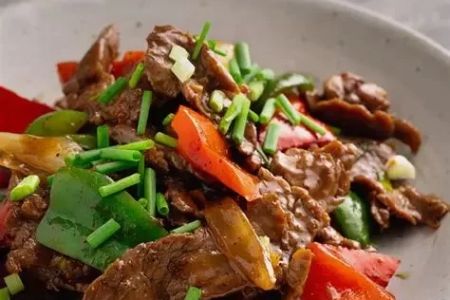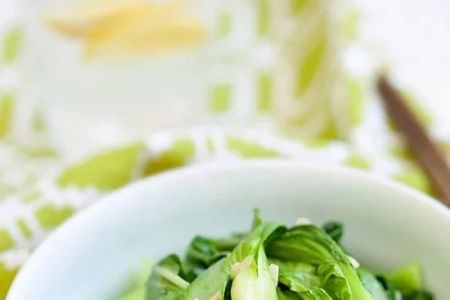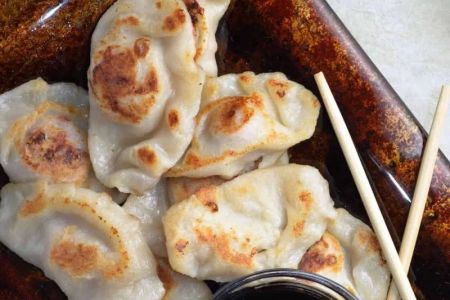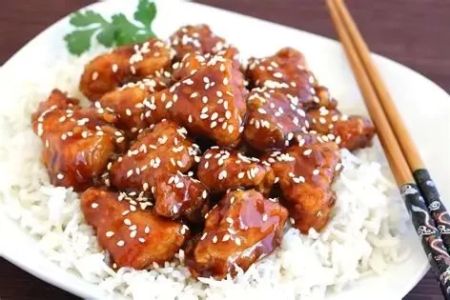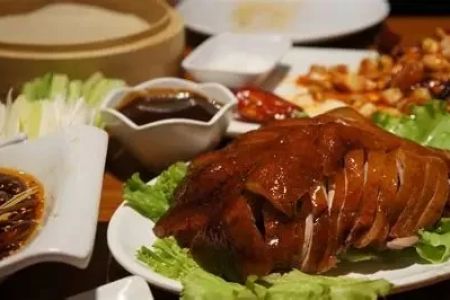- 1-Preparing-Chinese-Tea-at-Home-USA
- 2-Choosing-the-Right-Tea-Varieties
- 3-Step-by-Step-Brewing-Guide
- 4-Cultural-Tips-and-Serving-Suggestions
- 5-Where-to-Buy-Authentic-Chinese-Tea-in-the-USA
1. Preparing Chinese Tea at Home in the USA
Making Chinese tea at home in the USA is a rewarding experience that combines tradition, culture, and the simple pleasure of a well-brewed cup. Whether you live in a bustling city or a quiet suburb, it’s entirely possible to enjoy authentic Chinese tea without traveling far. The key is to understand the essential steps involved and respect the art of tea-making passed down through generations.
Chinese tea is not just a beverage; it is a ritual, often associated with mindfulness and hospitality. In the USA, many tea enthusiasts have begun to embrace this cultural treasure, and there are increasingly accessible options for sourcing quality tea leaves and tools. This article guides you through the process, helping you bring a slice of China’s tea culture into your home.
1.1 Understanding the Basics
The first step to making Chinese tea at home is knowing the right equipment and environment. Traditional Chinese tea brewing often involves tools like a gaiwan (lidded bowl), Yixing clay teapot, or a simple glass teapot. Each tool enhances the tea's flavor profile in different ways. For beginners, a glass teapot with an infuser is an easy starting point available in many American stores or online.
Water quality and temperature play critical roles. Use filtered water if possible, and heat the water to a temperature appropriate for the tea variety you are preparing. For example, green tea requires lower temperatures (around 175°F) compared to black or pu-erh teas (near boiling).
2. Choosing the Right Tea Varieties
The vast world of Chinese tea can be overwhelming. It’s important to pick the right type of tea to match your taste and brewing setup. The most popular Chinese teas available in the USA include green tea, oolong tea, pu-erh, white tea, and black tea. Each type has unique characteristics and steeping requirements.
For instance, Longjing (Dragon Well) is a famous Chinese green tea prized for its fresh, grassy notes, ideal for light, quick infusions. On the other hand, Tieguanyin (Iron Goddess of Mercy) oolong offers a complex floral aroma that develops with multiple steepings. Many tea lovers in the USA find oolong teas the perfect balance between flavor and brewing complexity.
2.1 Selecting Quality Tea
Purchasing authentic tea is crucial to enjoy genuine flavor. Some brands and vendors specialize in importing directly from China, maintaining freshness and authenticity. When buying tea in the USA, look for vendors who provide information on the tea's origin, harvest date, and leaf grade. This transparency helps build trust and ensures you get the best experience.
3. Step-by-Step Brewing Guide
Follow these detailed steps to brew Chinese tea at home:
3.1 Preparing the Equipment
Start by rinsing your teapot or gaiwan with hot water to warm it. This step prevents the temperature drop when brewing, preserving the delicate flavors.
3.2 Measuring the Tea
Use about 3-5 grams of loose leaf tea per 150 ml of water. This can vary depending on the tea type and your preference for strength.
3.3 Washing the Tea Leaves
For many Chinese teas, especially oolong and pu-erh, a quick rinse or “wash” is recommended. Pour hot water over the leaves and immediately discard the liquid. This removes dust and awakens the tea leaves.
3.4 Brewing and Timing
Pour hot water over the leaves and steep according to tea type: typically 1-2 minutes for green tea, and 3-5 minutes for black or pu-erh tea. Chinese teas can be steeped multiple times, with the flavor evolving each round. Experimenting with steeping time and leaf quantity can help you find the perfect balance.
4. Cultural Tips and Serving Suggestions
Chinese tea culture is rich with tradition, emphasizing mindfulness and sharing. When serving tea, small cups are preferred to encourage appreciation of aroma and taste over quantity. Inviting friends or family to enjoy a tea session can transform a simple drink into a meaningful social ritual.
In the USA, many tea enthusiasts create tea corners or small dedicated spaces at home for tea preparation, enhancing the experience. Adding subtle touches like Chinese tea sets or traditional snacks can elevate the ambiance.
4.1 Real-Life Story
A friend of mine recently hosted a Chinese tea tasting in her New York apartment, sourcing her teas from a specialty vendor recommended on Chinese Food. The guests were amazed by the delicate flavors and the cultural stories shared with each cup. It was not just about drinking tea but about connecting through a shared experience—something very special in a fast-paced urban environment.
5. Where to Buy Authentic Chinese Tea in the USA
Finding high-quality Chinese tea in the USA can be challenging due to varying product quality and authenticity. For those looking to buy the best Chinese teas and accessories, visiting specialty shops or trusted online platforms is key. One recommended resource is Chinese Food, where you can explore a wide range of authentic Chinese teas, brewing tools, and detailed guides. They provide carefully curated selections, ensuring you receive genuine products that bring out the true essence of Chinese tea culture.
Whether you’re a beginner or a seasoned tea drinker, having access to authentic ingredients and reliable advice makes the journey of brewing Chinese tea at home in the USA all the more enjoyable and rewarding.



